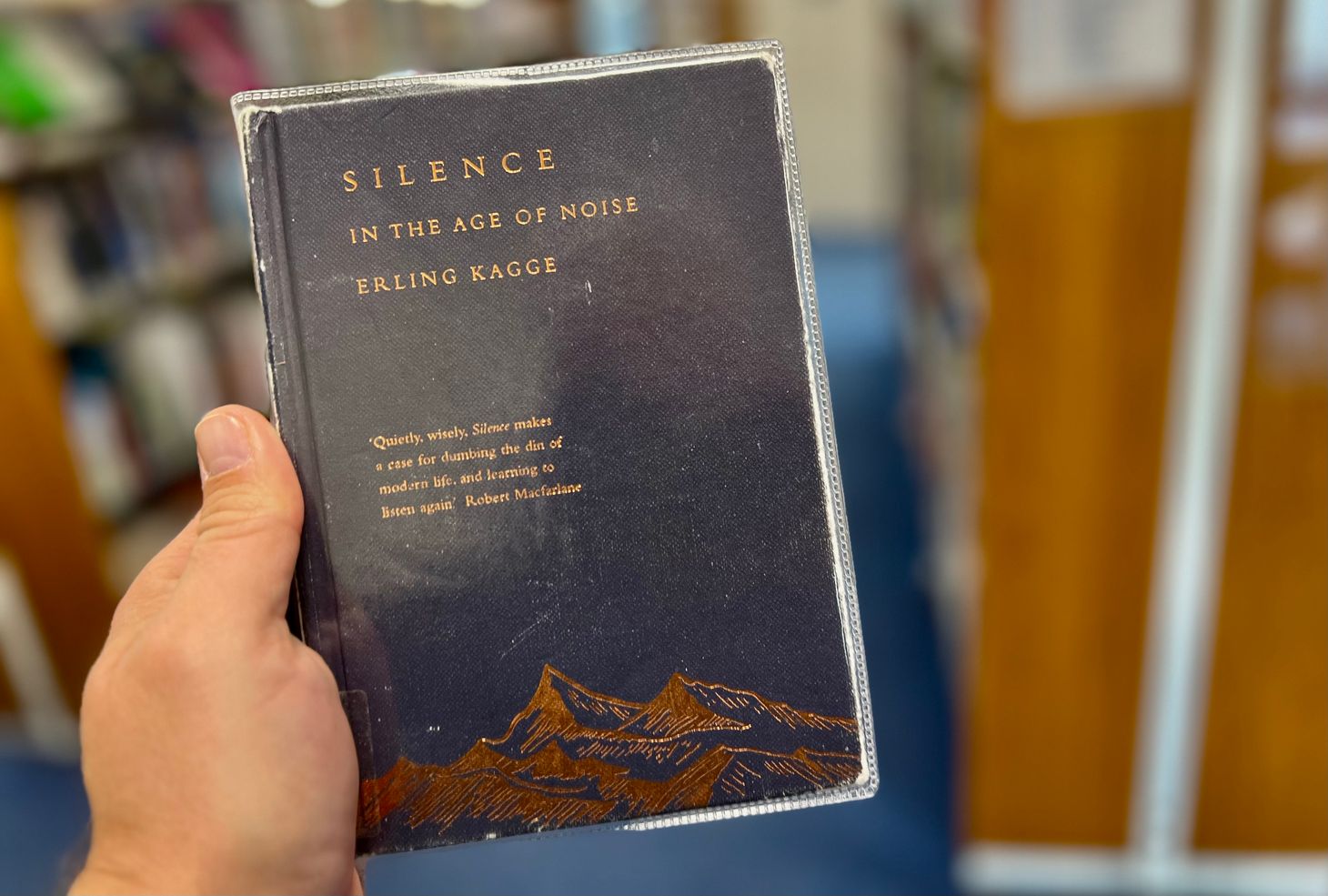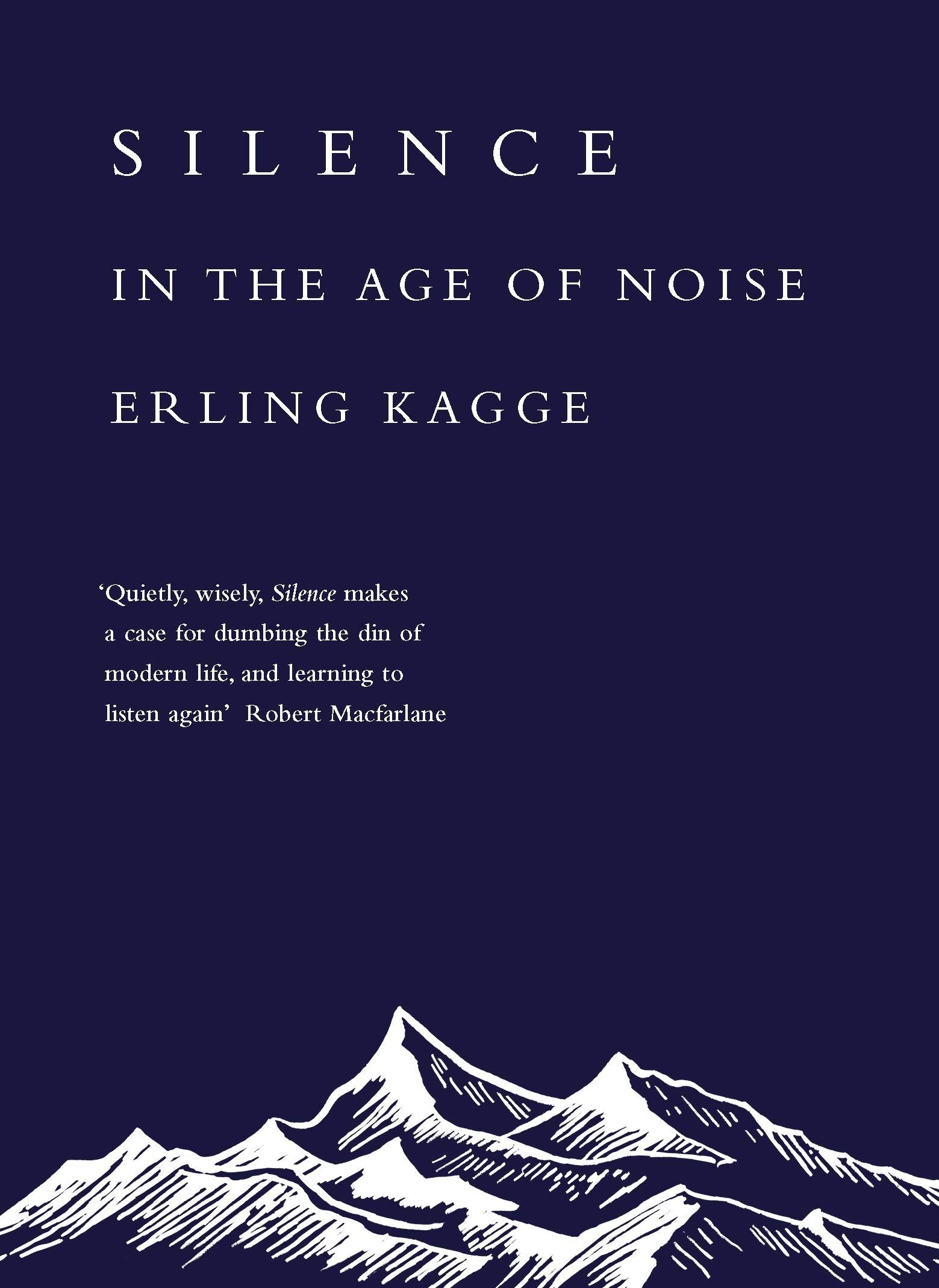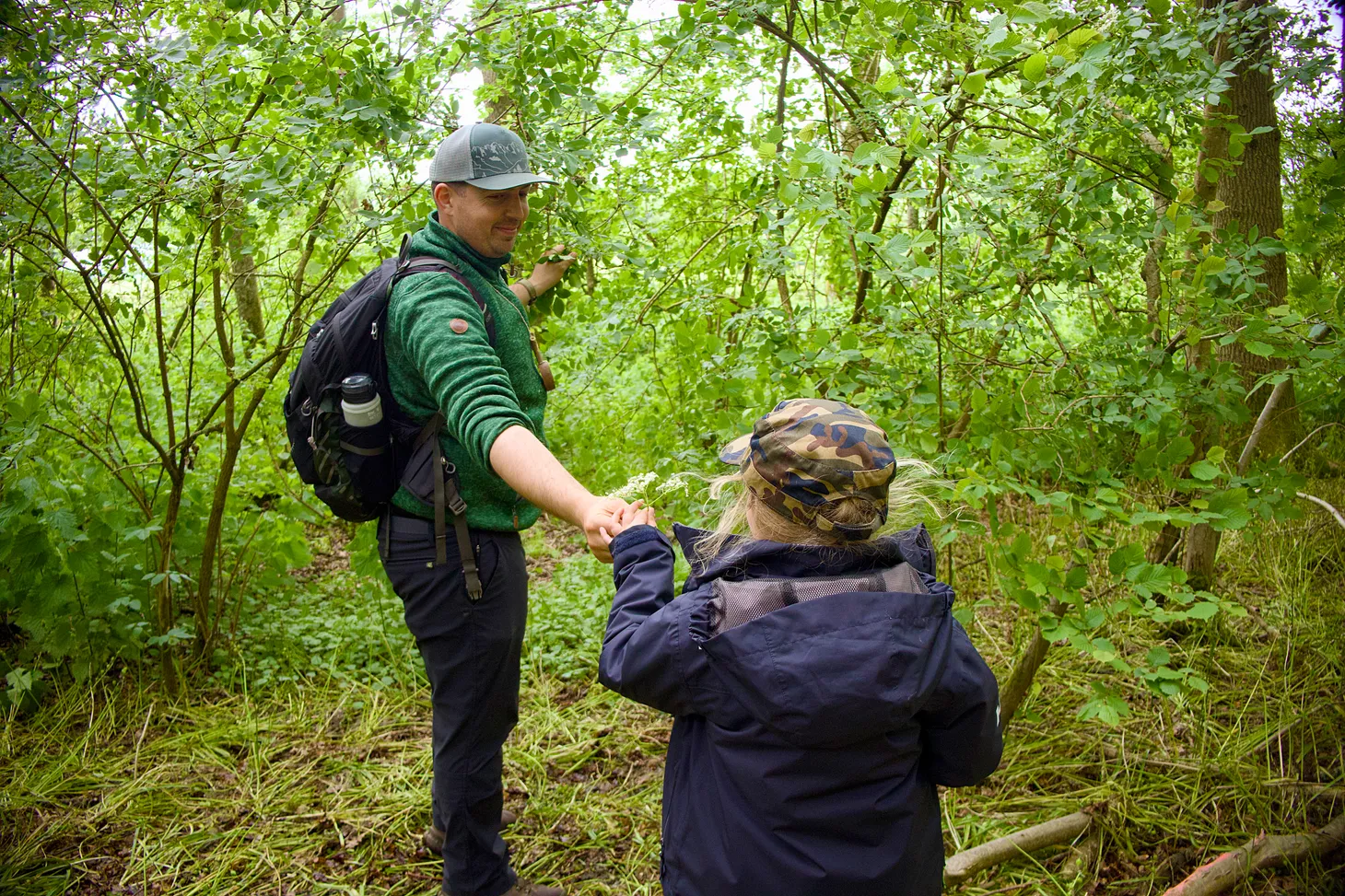Review: Silence in the Age of Noise
When a book about silence isn’t really about an absence of audible noise, you know you’re being led on a quest by Erling Kagge towards something more personal and revelatory than you expected.

You’d expect that a book called Silence would be about, well, silence, wouldn’t you? While Silence in the age of noise certainly explores the idea of silence, it doesn’t focus on the idea in the way you might expect.
When we think of silence, we tend to think about an absence of noise; total quiet, if you like. While Erling Kagge takes the time to explore that, he actually dismisses its existence at one point:
I have searched for absolute silence, but never found it. One of my friends made a serious attempt and locked himself into a soundproof room. The room was not only supposed to shut noises in, but it was also impossible to hear any noises from outside. The room was soundless. Or was it? My friend heard sounds inside too. Maybe he imagined them, or maybe it was the blood circulating around his body. I don't know, but I believe that absolute silence exists more as a dream than in reality.
So, if we’re not exploring precisely that idea, what actually is the book actually about? The clue is in this passage:
Deep down in the ocean, below the waves and ripples, you can find your internal silence. Standing in the shower, letting the water wash over your head, sitting in front of a crackling fire, swimming across a forest lake or taking a walk over a field: all these can be experiences of perfect stillness too.
This is a book about stillness, about quiet, about finding an escape from the endless babble of noise and chaos that is our digital life. And in that moment, find the ability to look inwards again, rather than ever outwards.
The lost stillness of life
I’m old enough to remember being deeply bored during my childhood: in a 70s home, once children’s TV had finished and you’d read all your books, it really was possible to be very, very bored.
My children have no real experience of that. Between a great abundance of stuff, of toys and books and magazines, and the constant digital delights from their iPads and streaming TV, boredom doesn’t exist in quite the same way.
What Kagge actually means by silence in this book is that feeling of stillness, of being alone with your thoughts, rather than coping with the constant input of ideas and work by others into your skull. It’s so easy to avoid just being alone with our own thoughts when we carry little digital distraction devices with us everywhere. Finding a path into a period of time with just ourselves and the natural environment is something we now have to actively seek, as life no longer provides it to us regularly.
Silence through subtraction
And so, this little book is a collection of 33 meditations on the meaning of silence, of quiet and of stillness. And it’s a quest for ways to achieve that. The author has been to great extremes to do it. He’s a polar adventurer, but his expeditions were not purely searching for silence, but discovering it was a blessing that emerged unexpectedly from his trip. And he continues to try to find that in his “normal” life.
Does he find it?
”I had to use my legs to go far away in order to discover this, but I now know it is possible to reach silence anywhere. One only need subtract.”
And that is the major lesson of the book.
I’m about to subtract this book from my life: it was a random borrow from the local library. But there’s enough interesting and intriguing ideas about that quest for calm and stillness in it, that I’m almost certain to return to it at some point.
Well worth a read.
Walking With Daddy Newsletter
Join the newsletter to receive the latest updates in your inbox.



